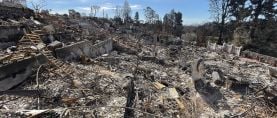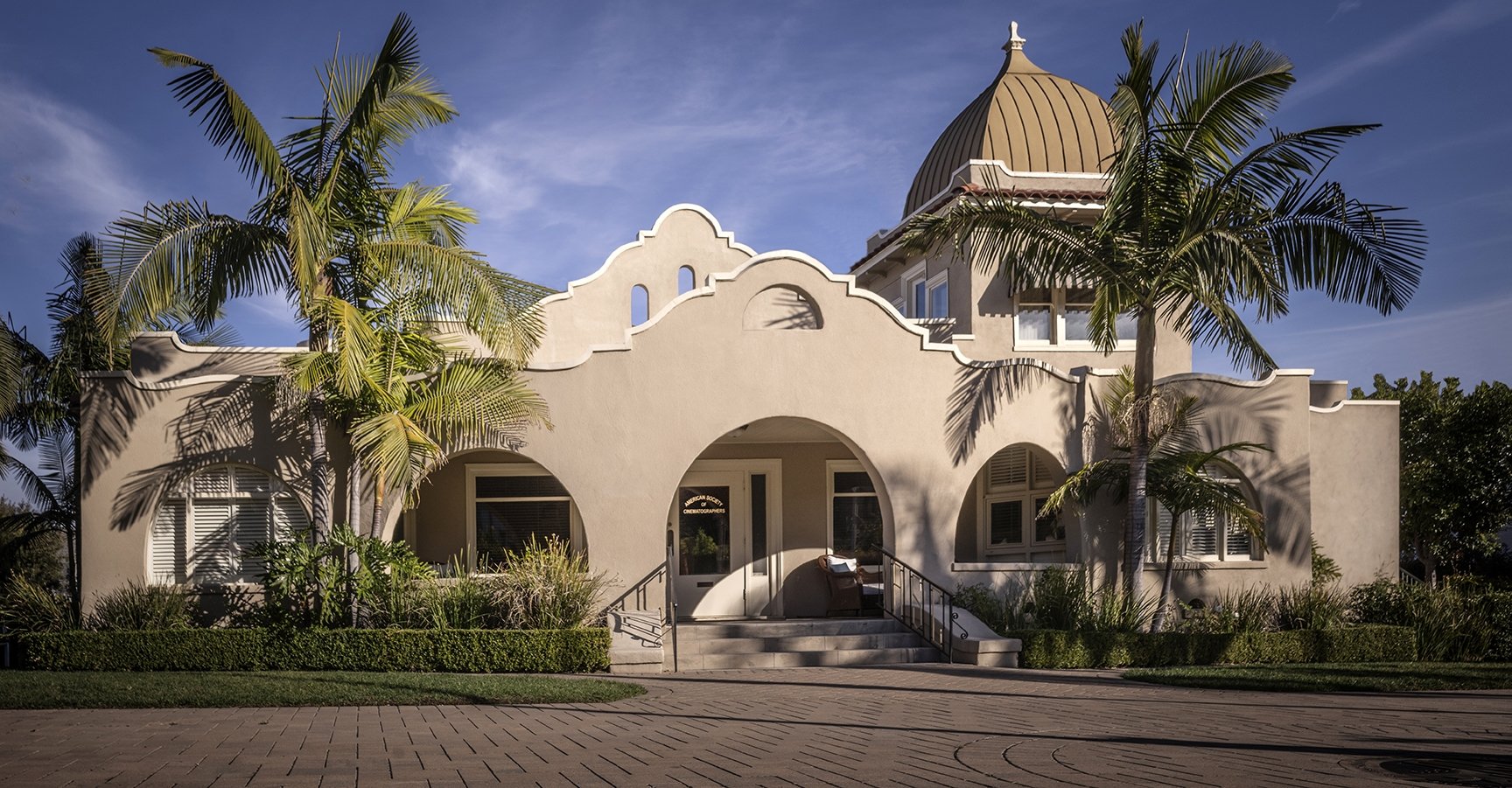
President’s Desk — April 2024
Always listen to your ASC friends, your key grip, your operator — and your wrangler!
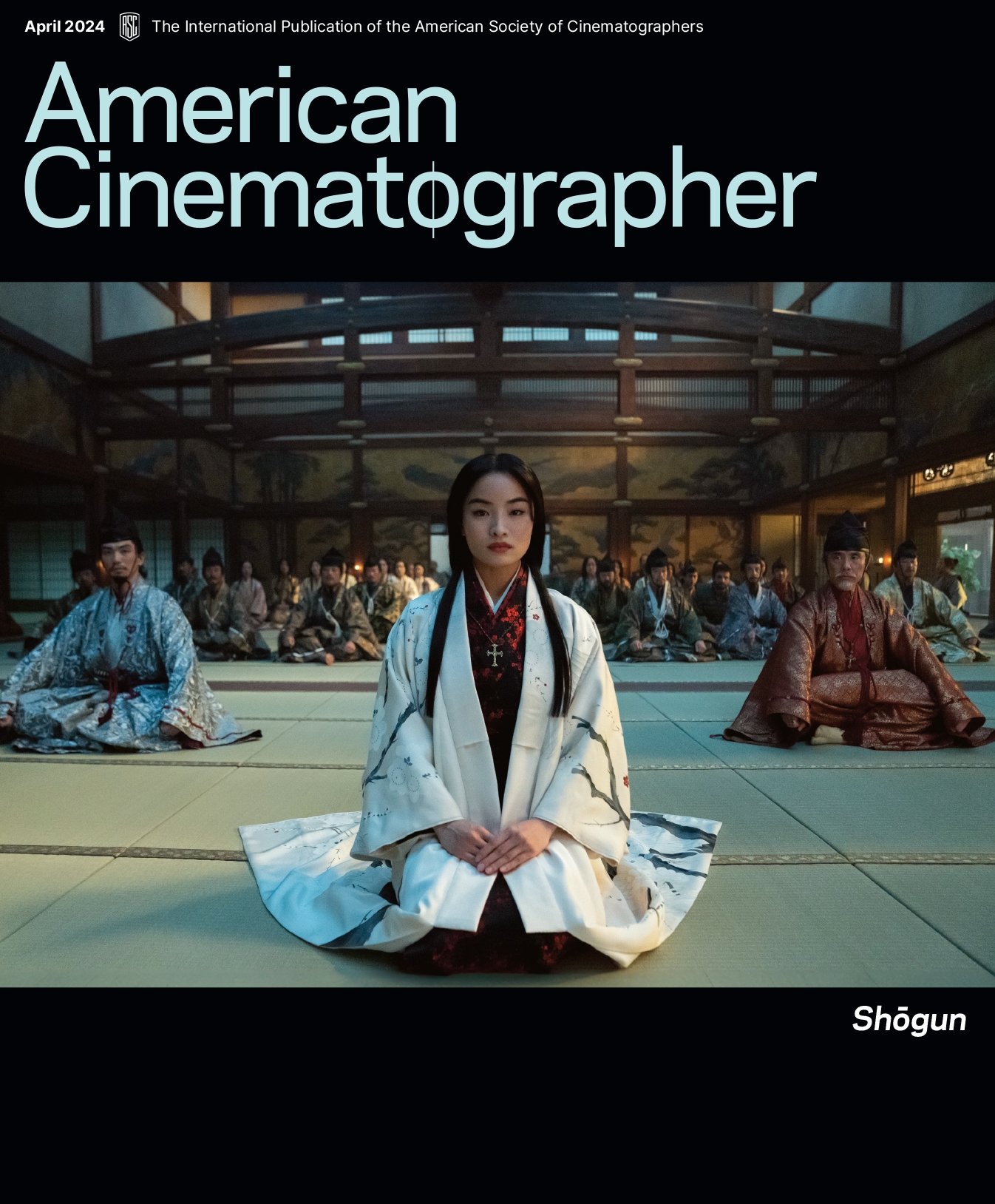
Since this issue has a focus on camera movement, I thought I might convey a story from the making of the movie Hidalgo in 2003.
The film takes place in the late 1800s and follows a long-distance horse race across the sands of the Arabian Desert. As you might guess, its production involved quite a few shots of horses racing at various speeds across desert terrain.
We were scheduled to shoot the movie in Morocco, where we had scouted vast and barren locations that, in the summer months, lived up to the “Ocean of Fire” race described in the script. Prior to the shoot, I reached out to fellow ASC member Robert Richardson, who had recently shot The Four Feathers there, and inquired about his experience moving a camera quickly over the hardened and sunbaked terrain. Bob warned me that while the ground seemed smooth and easy to float a camera over, it was quite rough and full of deep holes and pockets of stones that exposed themselves under the wheels of a tracking vehicle. His advice was for me to obtain a very large camera-gimbal system. I ended up choosing the largest stabilizer at the time, the SpaceCam system, complete with gyros the size of number-10 soup cans and an unblimped, high-speed Mitchell film camera. It was robust enough to support 65mm and even Imax cameras, so I was confident I had the correct tool. Later, I would witness the wisdom of Bob’s words.
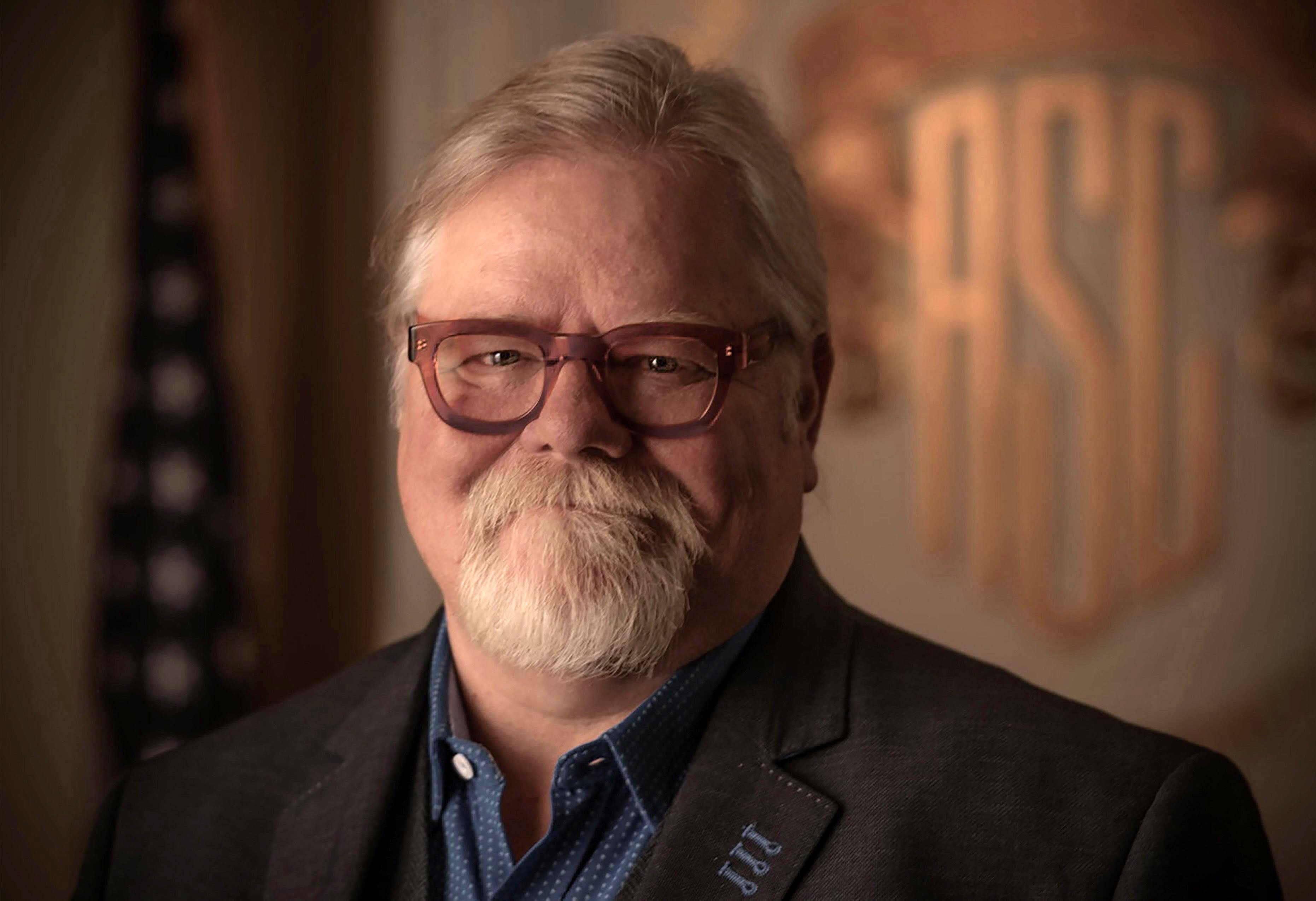
Next, I briefed our horse trainer, Rex Peterson. I wanted to rig a large 3-foot sphere on the end of a crane arm, which enabled us to shoot with a high-speed stabilized camera alongside our lead horse while it was running at a sprint. We wanted to get close to the horse because our lead actor, Viggo Mortensen — an experienced rider — would be performing his own action shots.
Rex gave me a long, silent, deadpan look, and I got the vibe that he saw a problem with this strategy. Finally, he replied slowly, in his thick cowboy drawl, “Shelly, there are three things a horse doesn’t like. One: a high-speed camera that sounds like metal-on-metal grinding. Two: the sound of gyros with their high-pitched scream, which sounds like fingernails on a chalkboard. Three: a 3-foot carbon-fiber ball at the end of a stick trying to get close to his head. All that horse is gonna wanna do is run away from you.”
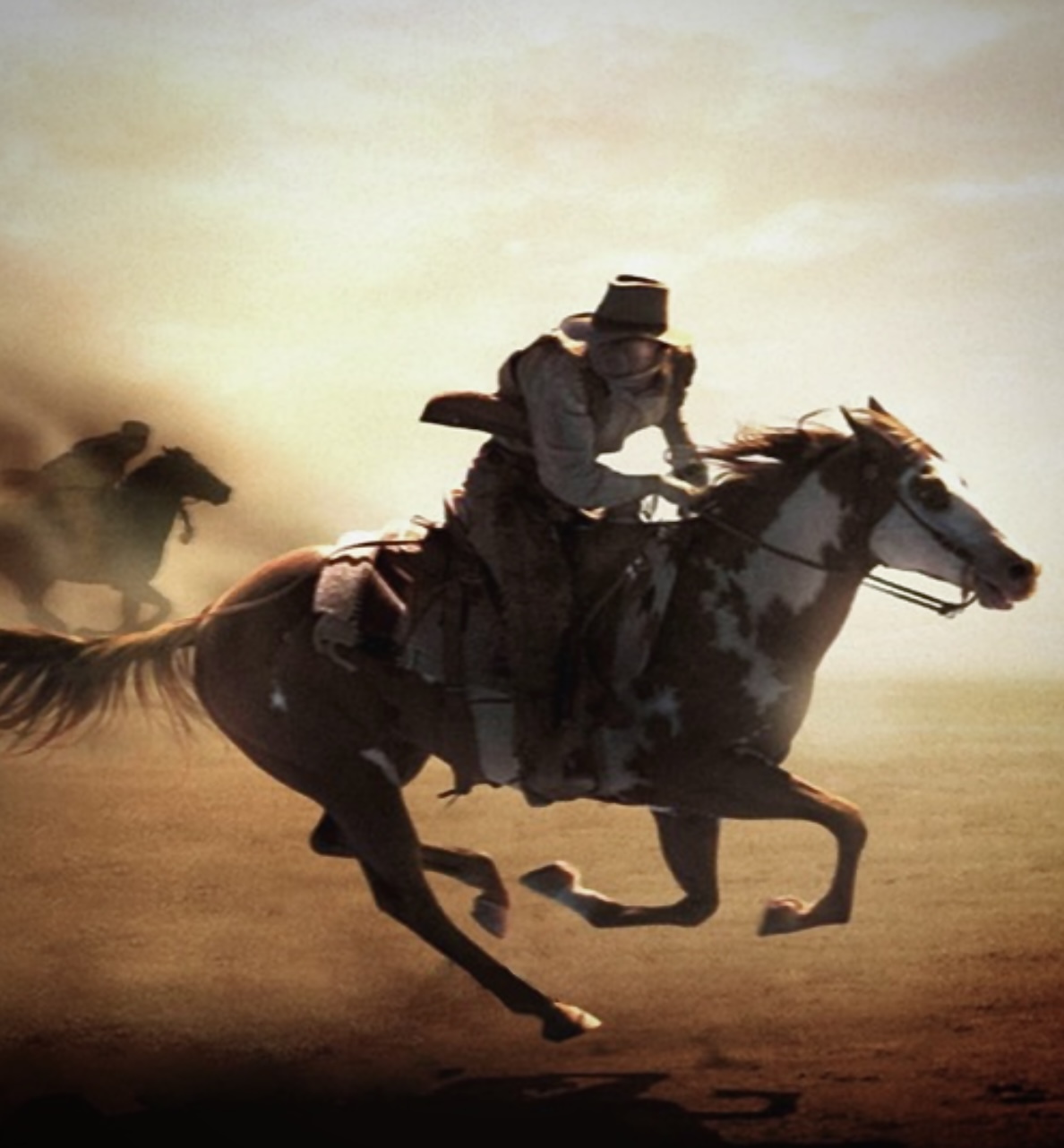
After a long exhale, Rex gave me another judgmental look and added, “Here’s what I want you to do: Go to the camera-rental house and record the Mitchell camera at high-speed for 10 minutes on a mini tape recorder. I’m gonna ride that horse every morning with that tape recorder in his ear for two hours a day.”
About a month later, I found myself in a clearing amid a sandstorm outside of Erfoud, framing our first running shots, relying on the advice given to me by Bob and Rex. Don Devine, SOC, skillfully framed the shots we set up, using a rig that had been expertly built by key grip Bob Babin. On the first take, our tracking vehicle was pitching and heaving over the rough terrain as it lumbered closer to Hidalgo (whose name was actually T.J.), who heard that camera grinding away and the gyros running at full song. His mind must have wandered back to those peaceful early-morning rides with Rex and his tape machine, because that horse happily stayed on a perfectly steady line, 5 feet from our intimidating rig. He let us do any move we wanted from head to toe while performing with Viggo at a full gallop in open desert.
Rule of the day: Always listen to your ASC friends, your key grip, your operator — and your wrangler!
Best regards,
Shelly Johnson
ASC President


